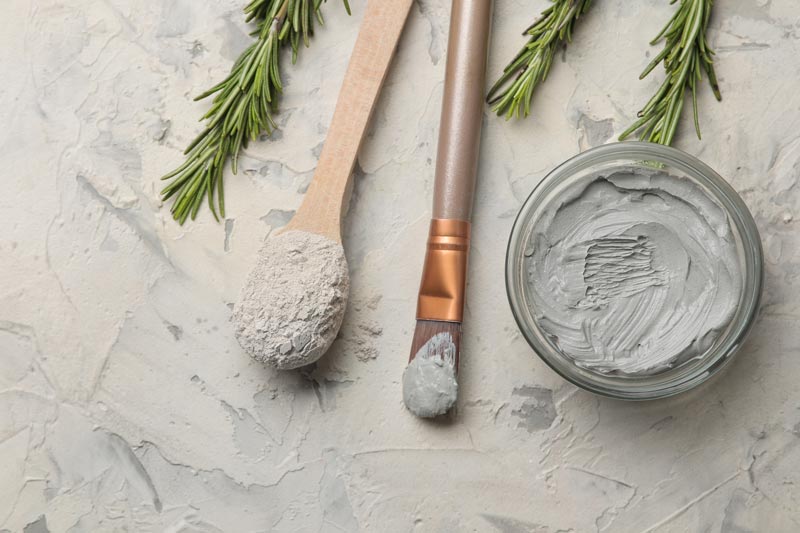Menu
Is organic color compatible with chemically treated hair? Here’s a brief overview of the different types of chemically treated hair with a short note on whether or not they’re compatible with bio color.
Organic hair color can be applied to chemically treated hair. In theory, this shouldn’t pose a problem. In reality, however, this may be the case. Sometimes, the chemical hair color may alter the functioning and effect of the natural variant. The natural pigments may not affix themselves to the hair or may change color… Both effects are due to the presence of silicone and petrochemical derivatives that are often processed in chemical color.
Silicone and petrochemical derivatives form a layer around the hair. This layer is impenetrable and can remain for up to 3 weeks. If the natural pigments try to affix themselves to the hair, they will simply slide off. Before switching to bio hair color, it is therefore necessary to undergo a treatment that will clear your hair of any synthetic build-up.
To get rid of this synthetic layer, you can use our cleansing clay mask Natural Detox Clay. Apply the mask just once before your first organic hair color application. The clay breaks down, and subsequently absorbs, the silicone structure.
There is no reason not to use bio color after using a chemical color. The only exception is bleached hair. Organic hair color is principally a protective treatment that respects the hair cuticle. This gives your hair an unprecedented shine. However, if your hair has been bleached, the organic hair color may cause discoloration. This is usually caused by the darker natural pigments, which contain a lot of indigo. These clash with the peroxides found in chemical products.
It’s very rare that someone with a perm asks to color his or her hair with bio hair color. However, if this does happen, you have to be very careful. Sometimes a perm is compatible with organic color and sometimes it’s not. That’s why it’s important to know the composition of the perm: if it contains metal salt, ammonia or one of its derivatives, then the color obtained may differ to the color obtained when applied to natural hair.
Again, the chances that someone asks for a perm after coloring their hair with organic hair color are very slim. This question should preferably be aimed at perm manufacturers. According to This Green, it’s not an ideal combination. The perm may destroy the natural pigments if these prove sensitive to pH variations. As a result, the perm may change the resulting color.
If you don’t like the results of the bio color, you can switch back to chemical color without any problems. But wait at least one week before doing so. Additionally, be sure to avoid bleaching the natural hair dye, as the results could be catastrophic: green hair, blue hair, pink hair, etc.
Learn more about working with organic hair color
SIMILAR ARTICLES

Due to the regular use of PPD in chemical hair colors that hairdressers and clients develop allergies or more serious health problems. Thankfully, This Green has developed a natural hair color without PPD that is suitable for all audiences.

A plant-based mask with clay can help combat acne by restoring the balance of sebum production.

A natural mask with clay absorbs and removes excess sebum. This cleanses your scalp and prevents oily hair.